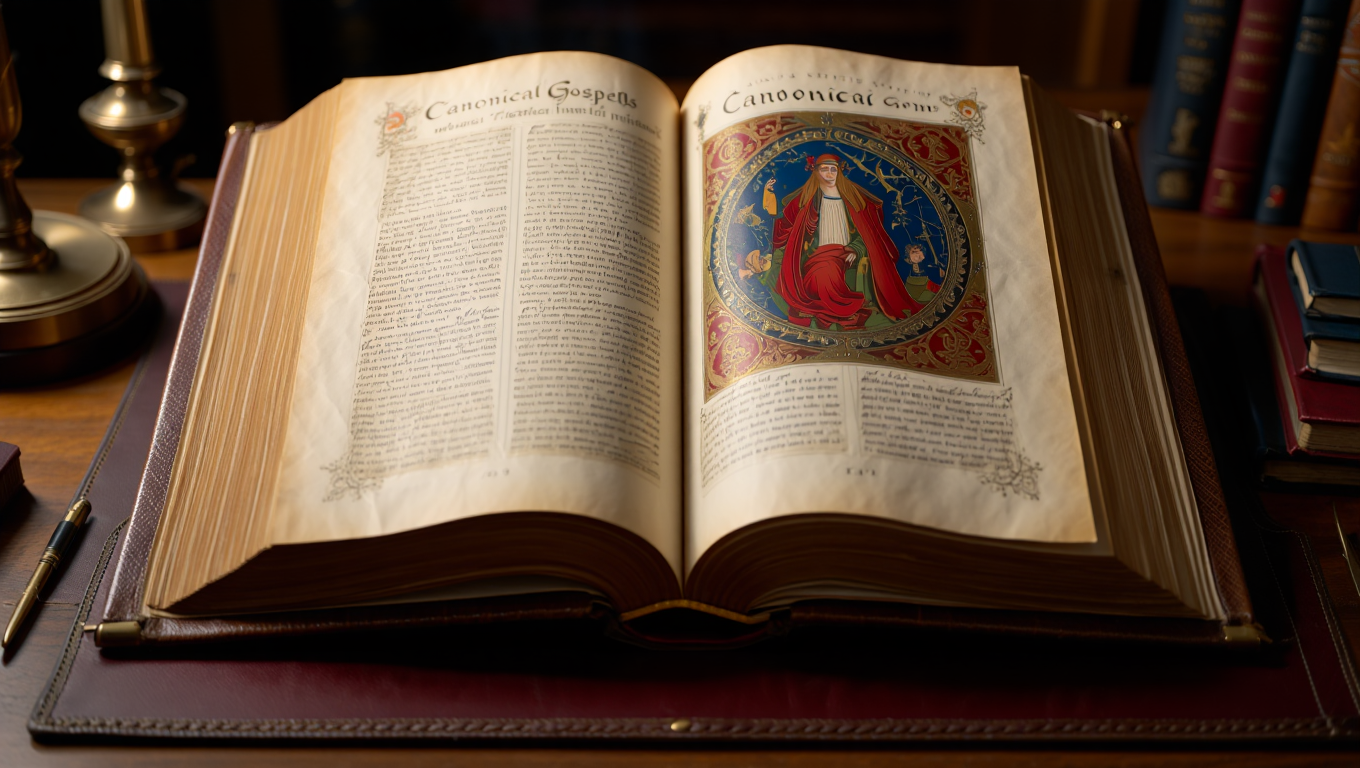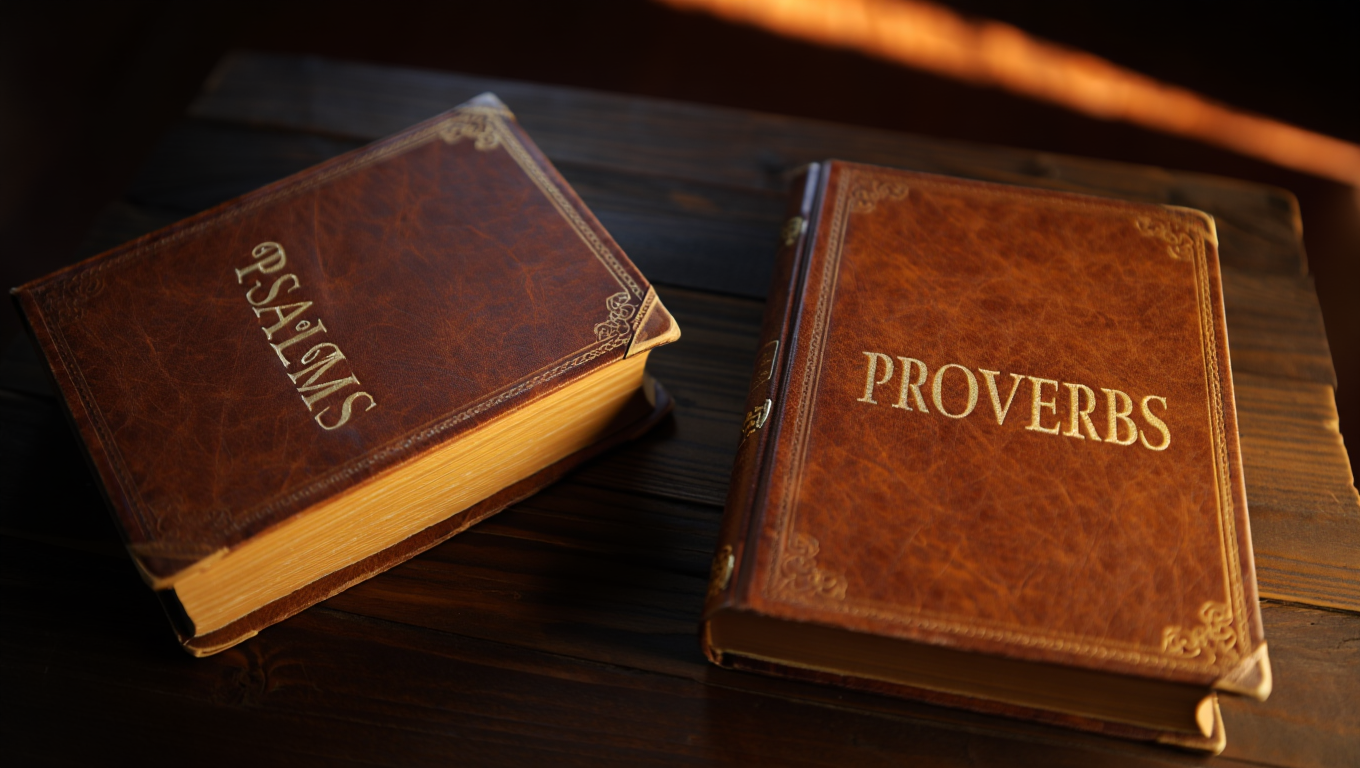In various Christian traditions, the Book of Common Prayer (BCP) and the Liturgy of the Hours, also known as the Divine Office, serve as religious texts that guide worship and prayer rituals. While they share similarities in providing structured prayers for different times of the day, there are notable differences between them.
Key Takeaways
- The Book of Common Prayer (BCP) and the Liturgy of the Hours are religious texts that guide worship and prayer rituals.
- The BCP is commonly used in the Anglican/Episcopal tradition, while the Liturgy of the Hours is used in the Catholic Church.
- The Liturgy of the Hours covers the entire liturgical year and offers season-specific prayers and readings, while the BCP remains more consistent day-to-day.
- Choosing between the two prayer books is a matter of personal preference and desired engagement with liturgical traditions.
- Both prayer books provide structured prayer practices that allow for spiritual growth and a deeper connection to the Christian faith.
Comparing Structure and Cost
Both the Book of Common Prayer and the Liturgy of the Hours provide structured prayers for different times of the day, including Morning Office, Midday prayer, Evening Office, and Night Prayer (Compline). However, the Liturgy of the Hours offers a more extensive and season-specific liturgical experience, with prayers and readings tailored to specific liturgical seasons.
Table:
| Book of Common Prayer | Liturgy of the Hours | |
|---|---|---|
| Prayer structure | Structured prayers for different times of the day | Structured prayers for different times of the day, with season-specific liturgical elements |
| Daily prayers | Morning Office, Midday prayer, Evening Office, Night Prayer (Compline) | Morning Office, Midday prayer, Evening Office, Night Prayer (Compline) with season-specific prayers |
| Worship rituals | Provides guidance for worship rituals in Christian traditions | Provides guidance for worship rituals in Christian traditions, with a more extensive liturgical experience |
| Liturgical seasons | Remains consistent day-to-day | Offers season-specific prayers and readings |
| Season-specific prayers | Minimal season-specific prayers | Detailed season-specific prayers |
| Prayer books | Single-volume option: Christian Prayer | Four-volume set |
| Christian prayer | Used primarily in Anglican/Episcopal tradition | Used in the Catholic Church |
| Breviary | No | Yes |
| Christian faith | Connected to the Anglican/Episcopal tradition | Connected to the Catholic Church |
In terms of cost, the Liturgy of the Hours requires the purchase of a four-volume set, which can be more expensive, while the BCP offers a single-volume option called Christian Prayer as a more affordable alternative.
Summary:
Both the Book of Common Prayer and the Liturgy of the Hours provide structured prayers for different times of the day. However, the Liturgy of the Hours offers a more extensive liturgical experience with season-specific prayers and readings. The cost difference between the two lies in the fact that the Liturgy of the Hours requires the purchase of a four-volume set, while the Book of Common Prayer offers a more affordable single-volume option called Christian Prayer.
Navigating the Prayer Books
Navigating both the Liturgy of the Hours and the Book of Common Prayer can be challenging, especially for newcomers. The BCP may require some flipping through pages to locate specific prayers and readings, but the Liturgy of the Hours and Christian Prayer can be even more intricate. Online versions of the Liturgy of the Hours can be helpful for checking the correct prayers and readings for a given day. While navigating these prayer books may be challenging, it can also be an exciting opportunity to deepen one’s understanding of liturgical traditions and the Christian faith.
Intuitive prayer books
Both the Liturgy of the Hours and the Book of Common Prayer have their own unique navigational challenges. The BCP, while more straightforward, may still require some effort in finding the desired prayers and readings. On the other hand, the Liturgy of the Hours and Christian Prayer, with their multiple volumes and complex structure, can be a liturgical puzzle to decipher. However, with practice and familiarity, navigating these prayer books becomes easier, and it can be a rewarding experience for individuals seeking to deepen their spiritual connection.
Online versions for convenience
For those who prefer a more technologically friendly approach, online versions of the Liturgy of the Hours can provide a convenient solution. These digital resources allow users to access the correct prayers and readings for each day without the need to flip through physical pages. Online versions often include search functions and bookmarking features, making it easier to navigate through the vast content of the Liturgy of the Hours. Additionally, some websites and apps offer customized versions based on specific liturgical traditions, further enhancing the user experience.
Embracing the journey
While navigating prayer books may initially seem daunting, it is important to view it as an opportunity for growth and exploration. As individuals delve into the pages of the Liturgy of the Hours or the Book of Common Prayer, they engage in a rich tradition that spans centuries. Each prayer, reading, and liturgical season carries deep meaning and significance, contributing to a profound understanding of the Christian faith. Embracing the journey of navigating these prayer books allows individuals to cultivate a greater connection to God and the spiritual practices of their tradition.
Benefits of the Liturgy of the Hours
The Liturgy of the Hours offers a rich liturgical calendar, allowing individuals to engage in a deep and meaningful experience of worship and prayer. One of the distinctive features of this prayer book is its prayers and readings that are tailored to specific liturgical seasons. Whether it’s Advent, Lent, or any other liturgical season, the Liturgy of the Hours provides prayers and readings that enhance one’s connection to the season and its spiritual significance.
Moreover, the Liturgy of the Hours includes prayers and readings for feast days and commemorations of saints. This aspect allows individuals to honor and connect with important figures in Christian history, fostering a deeper understanding of the faith and a sense of unity with the wider Christian community.
The Liturgy of the Hours provides a deep and rich experience of worship, guiding individuals through the rhythm of the liturgical year and offering a profound connection to the traditions of the Church. With its distinctive prayers and readings, feast days, commemorations, and liturgical seasons, the Liturgy of the Hours provides a comprehensive and enriching prayer experience.
| Benefits of the Liturgy of the Hours |
|---|
| Rich liturgical calendar |
| Liturgical seasons |
| Distinctive prayers and readings |
| Feast days |
| Commemorations |
| Saints |
| Deep and rich experience |
Benefits of the Book of Common Prayer
The Book of Common Prayer (BCP) offers a unique set of benefits for individuals seeking a structured prayer practice. With its standardized prayers and consistent presentation, the BCP provides a reliable framework for daily worship and prayer rituals.
One of the notable features of the BCP is its focus on the Morning and Evening Offices. These offices offer specific prayers and readings for these times of the day, creating a rhythm and structure that can be soothing and grounding. The BCP provides a consistent order of worship, allowing individuals to engage in a familiar routine and deepen their connection with God.
While the BCP remains consistent day-to-day, it also includes season-specific prayers that reflect the liturgical calendar. During certain seasons, such as Advent or Lent, the BCP incorporates brief reminders of the liturgical themes and invites individuals to reflect on the significance of these seasons in their spiritual journey.
| Benefits of the Book of Common Prayer |
|---|
| Standardized prayers |
| Consistent presentation |
| Morning and Evening Offices |
| Liturgical calendar |
| Season-specific prayers |
In summary, the Book of Common Prayer offers a standardized and consistent prayer experience with its Morning and Evening Offices. It provides a steady rhythm of worship and prayer, with season-specific prayers to enrich one’s spiritual journey. Whether used individually or in a community setting, the BCP can serve as a valuable resource for those seeking a structured and meaningful prayer practice.
Choosing the Right Prayer Book
For readers who have been using the Book of Common Prayer (BCP) for a while, it can be beneficial to experiment with other prayer books as a change of pace in their structured prayer routines. Trying out the Liturgy of the Hours or Christian Prayer can provide a fresh perspective and deepen one’s spiritual experience. Starting these prayer books at the beginning of a liturgical season, such as Advent or Lent, can enhance their power and influence, allowing for a more immersive prayer experience.
One factor to consider when choosing a prayer book is affordability. While the Liturgy of the Hours requires the purchase of a four-volume set, which can be more expensive, the BCP offers a single-volume option called Christian Prayer as a more affordable alternative. This allows individuals on a budget to still engage in structured prayer without compromising their financial resources.
Ultimately, the choice between the Book of Common Prayer, the Liturgy of the Hours, or other prayer books is a personal one. It is an opportunity for individuals to explore different prayer traditions, experiment with structured prayer, and discover what resonates most with their spiritual journey. Whether it’s a change of pace or a long-term commitment, the right prayer book can provide a meaningful framework for deepening one’s connection with the divine.

Comparison of Prayer Books
| Prayer Book | Cost | Structure | Flexibility |
|---|---|---|---|
| Book of Common Prayer | Affordable | Consistent structure with season-specific prayers | Less flexibility |
| Liturgy of the Hours | Requires purchase of a four-volume set | Extensive and season-specific structure | More flexibility |
| Christian Prayer (BCP single-volume option) | Affordable | Similar structure to the BCP, but more condensed | Less flexibility compared to the Liturgy of the Hours |
Recommended Resources for Structured Prayer
Ancient spiritual practices have long emphasized the importance of regular prayer in nurturing one’s faith. Incorporating structured prayer into daily routines can provide a sense of grounding and connection to the divine. One popular way to engage in structured prayer is through the Daily Office, a set of prescribed prayers and scripture readings that follow a specific schedule throughout the day.
To assist individuals in practicing the Daily Office, there are various prayer book resources available. These resources provide guidance and structure, allowing individuals to immerse themselves in the tradition of regular prayer. They offer a wide range of Scripture readings, including Psalms, which have been a central part of Christian prayer for centuries.
Praying the Office
One notable resource for structured prayer is the book “Praying the Office” by Scott Aniol. This comprehensive guide provides a step-by-step approach to engaging in the Daily Office, offering a selection of prayers, scripture readings, and Psalms for each time of the day. It serves as a valuable tool for individuals looking to deepen their prayer life and cultivate a habit of regular prayer.
Christian Prayer
For those seeking a more accessible option, “Christian Prayer” is a prayer book that provides a simplified version of the Liturgy of the Hours. It offers a single-volume format that includes the four major offices of the day: Morning Prayer, Daytime Prayer, Evening Prayer, and Night Prayer. “Christian Prayer” is an ideal resource for individuals who want to engage in the liturgical practice of structured prayer but may not be ready to invest in the complete four-volume set of the Liturgy of the Hours.
| Resource | Description |
|---|---|
| “Praying the Office” by Scott Aniol | A comprehensive guide for engaging in the Daily Office, providing a selection of prayers, scripture readings, and Psalms for each time of the day. |
| “Christian Prayer” | A single-volume prayer book that offers a simplified version of the Liturgy of the Hours, including the major offices of the day: Morning Prayer, Daytime Prayer, Evening Prayer, and Night Prayer. |
Conclusion
In conclusion, both the Book of Common Prayer and the Liturgy of the Hours offer structured prayer practices that can guide individuals in their daily worship and prayer rituals. These prayer books provide a framework for organized and intentional prayer, helping individuals deepen their connection with the Christian faith.
One of the key benefits of structured prayer is the opportunity for spiritual growth. Through consistent engagement with these prayer books, individuals can cultivate a regular prayer habit, allowing them to draw closer to God and experience a sense of peace and fulfillment.
Choosing between the Book of Common Prayer and the Liturgy of the Hours is a matter of personal preference. Some may prefer the rich liturgical experience offered by the Liturgy of the Hours, with its season-specific prayers and readings. Others may find comfort in the standardized prayers and consistent presentation of the Book of Common Prayer.
Ultimately, the goal of structured prayer is to create a space for individuals to encounter the divine and nurture their relationship with God. Whether one chooses the Book of Common Prayer or the Liturgy of the Hours, both prayer books provide valuable resources for personal growth, fostering a deeper understanding of Christian traditions and the liturgical calendar.
FAQ
What is the difference between the Book of Common Prayer and the Liturgy of the Hours?
The Book of Common Prayer is commonly used in the Anglican/Episcopal tradition, while the Liturgy of the Hours is a four-volume set used in the Catholic Church.
What are the main benefits of using the Liturgy of the Hours?
The Liturgy of the Hours offers a rich experience of the liturgical calendar, with season-specific prayers, readings, and responses. It also includes prayers and readings for feast days and commemorations of saints, allowing for a deeper connection with important figures in Christian history.
What are the main benefits of using the Book of Common Prayer?
The Book of Common Prayer provides a consistent and standardized presentation of the Morning and Evening Offices, with season-specific prayers mainly at the beginning. It offers a small and manageable prayer book that is accessible for daily use.
Can I navigate the prayer books easily?
The Book of Common Prayer may require some flipping through pages to locate specific prayers and readings. The Liturgy of the Hours and Christian Prayer can be even more intricate. Online versions of the Liturgy of the Hours can be helpful for checking the correct prayers and readings for a given day.
How do I choose the right prayer book?
Choosing the right prayer book is a matter of personal preference and desired level of engagement with liturgical traditions and the liturgical calendar. Experimenting with different prayer books, starting at the beginning of a liturgical season, can enhance the experience. For those on a budget, the single-volume Christian Prayer can be a more affordable option.
Are there any recommended resources for structured prayer?
Yes, the Divine Hours series by Phyllis Tickle, Common Prayer by Shane Claiborne, Jonathan Wilson-Hartgrove, and Enuma Okoro, and the Contemporary Office Book are all recommended resources for incorporating structured prayer into daily routines.
 Skip to main content
Skip to main content


